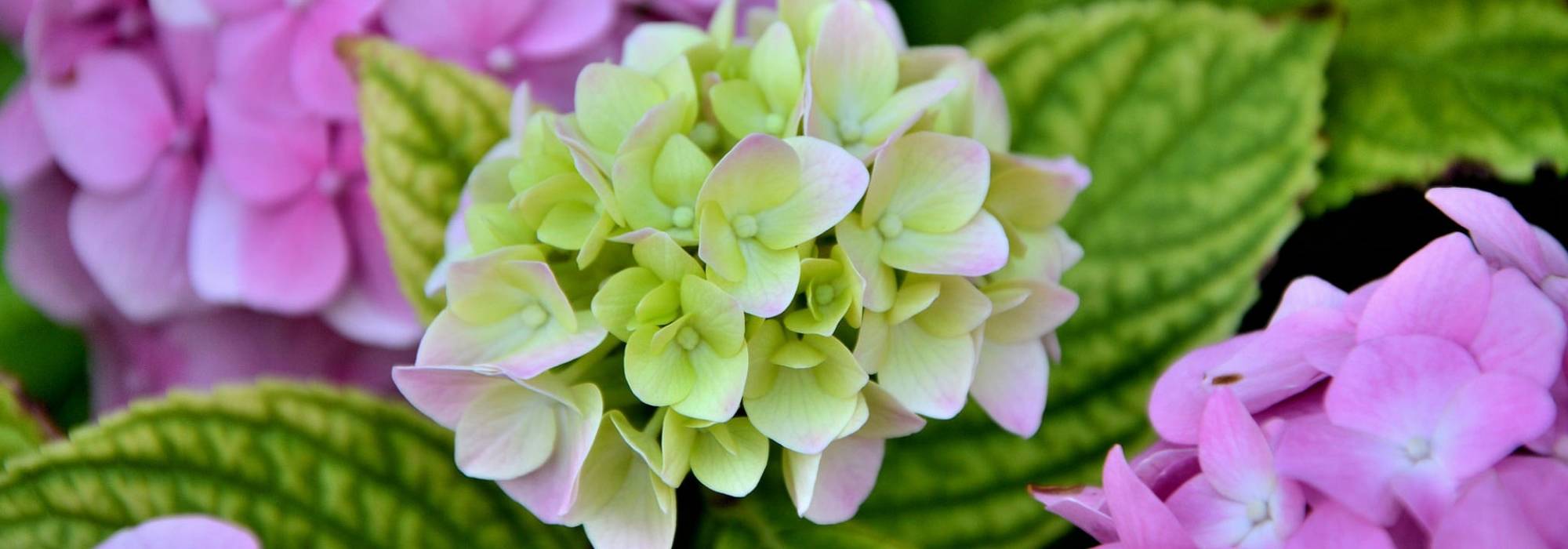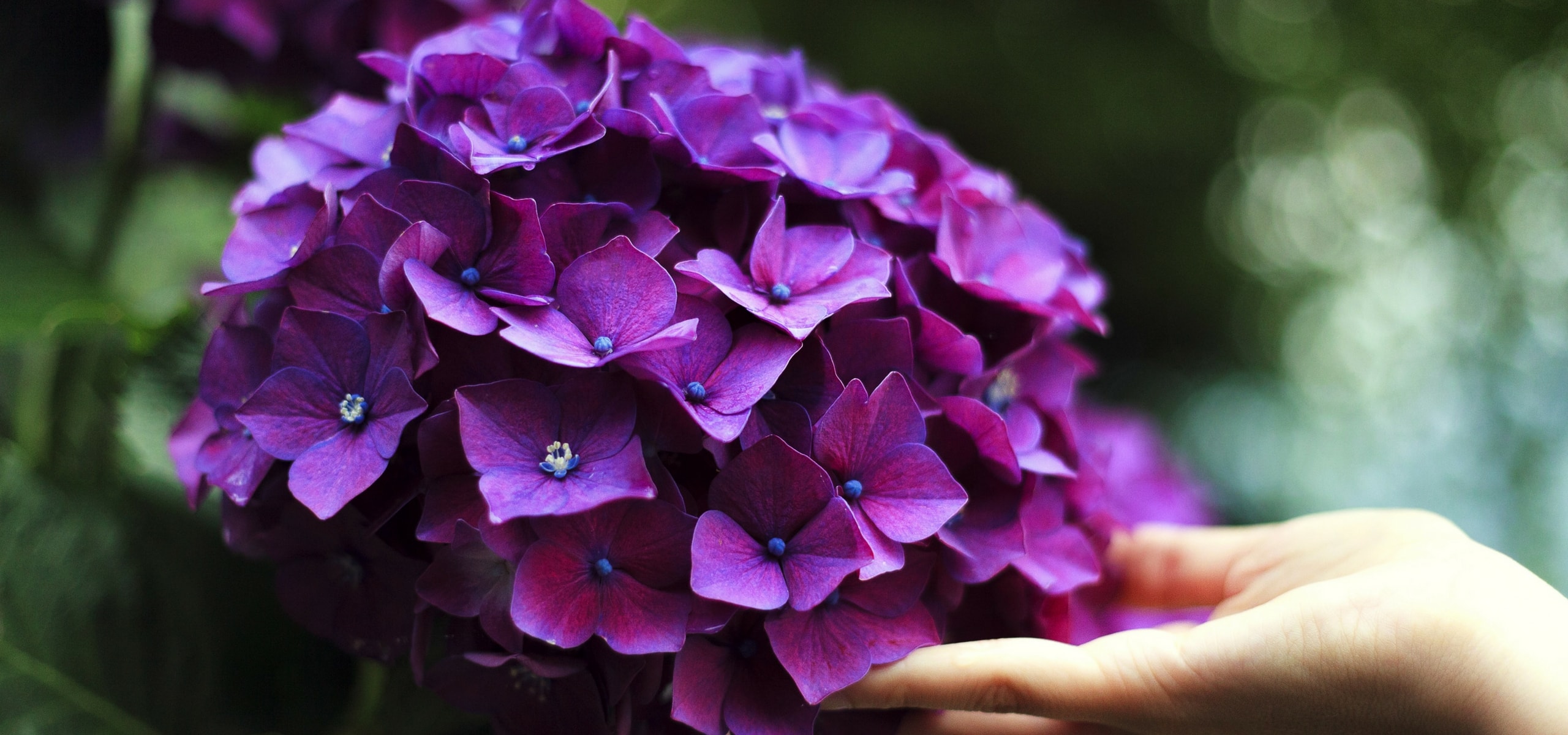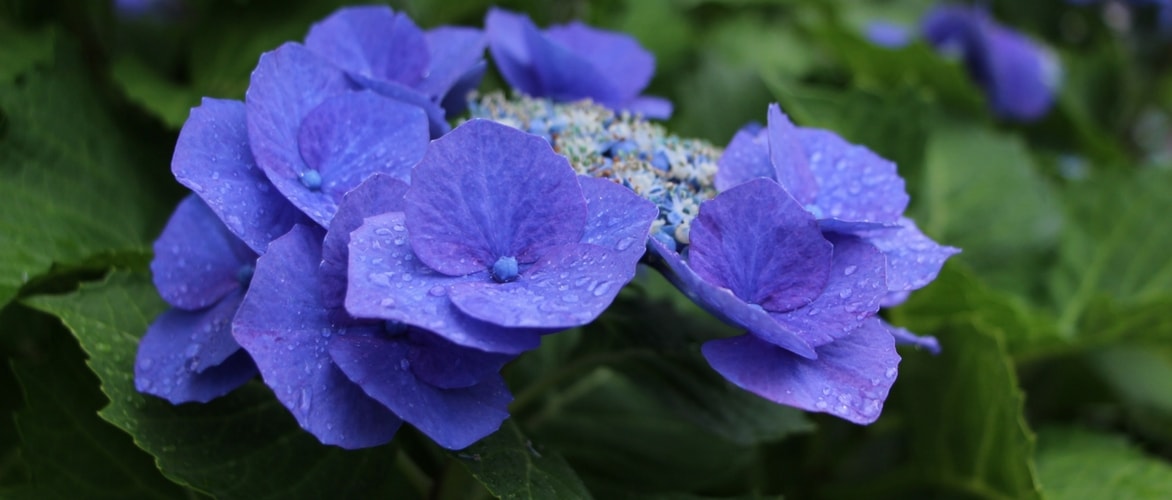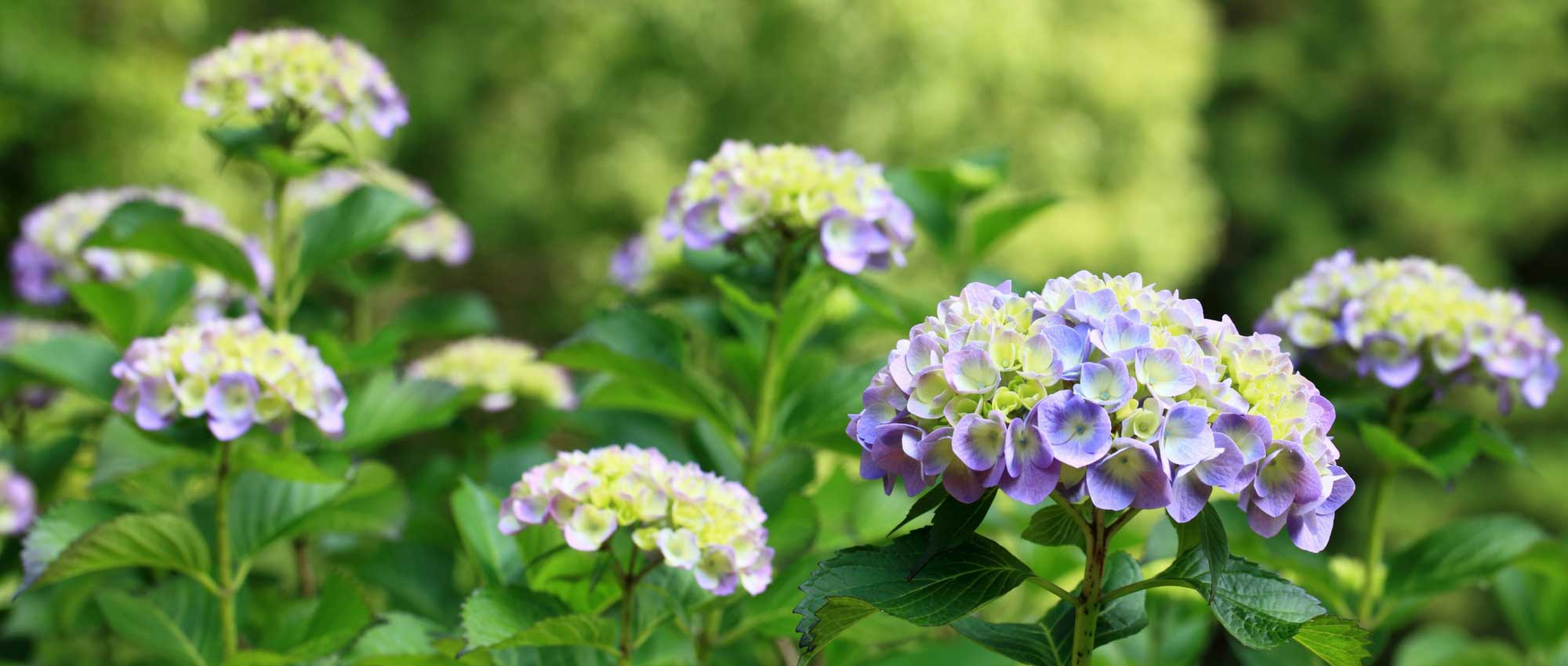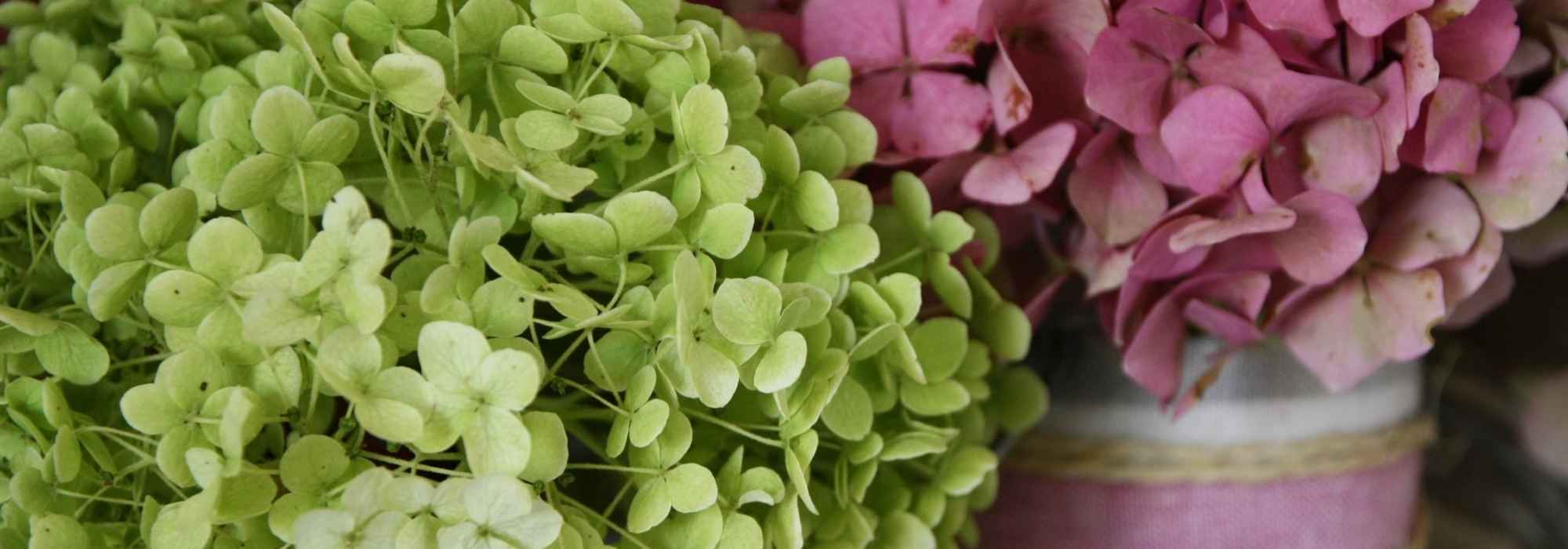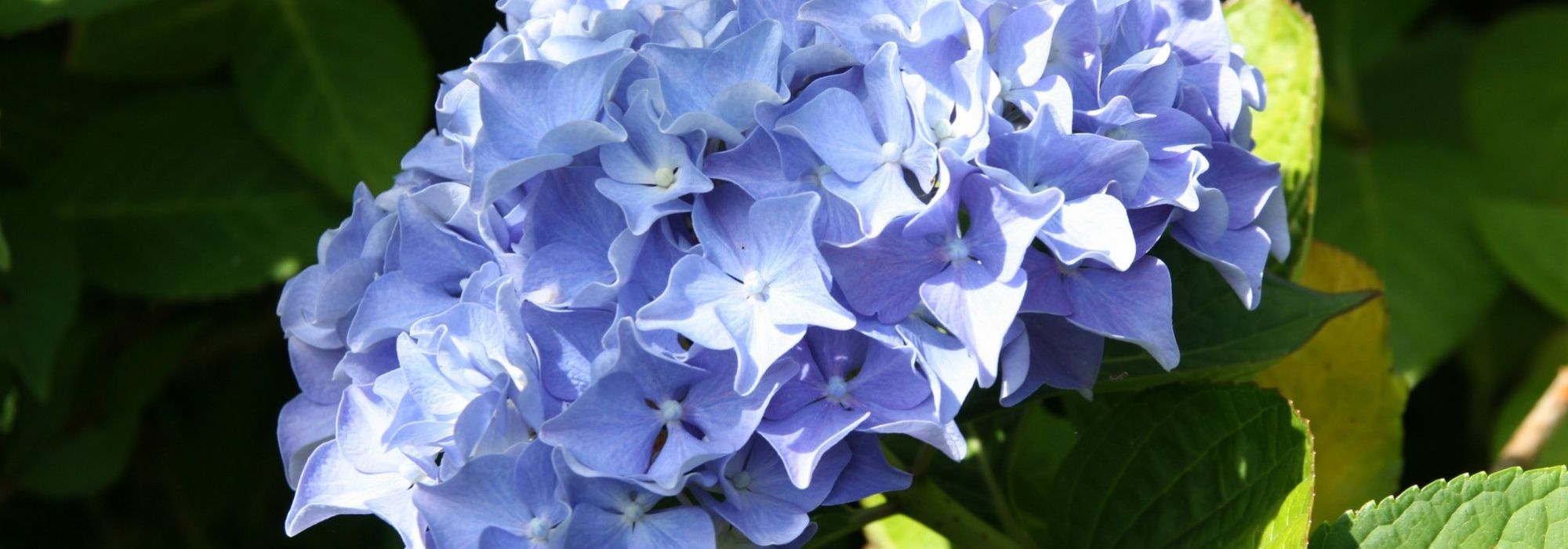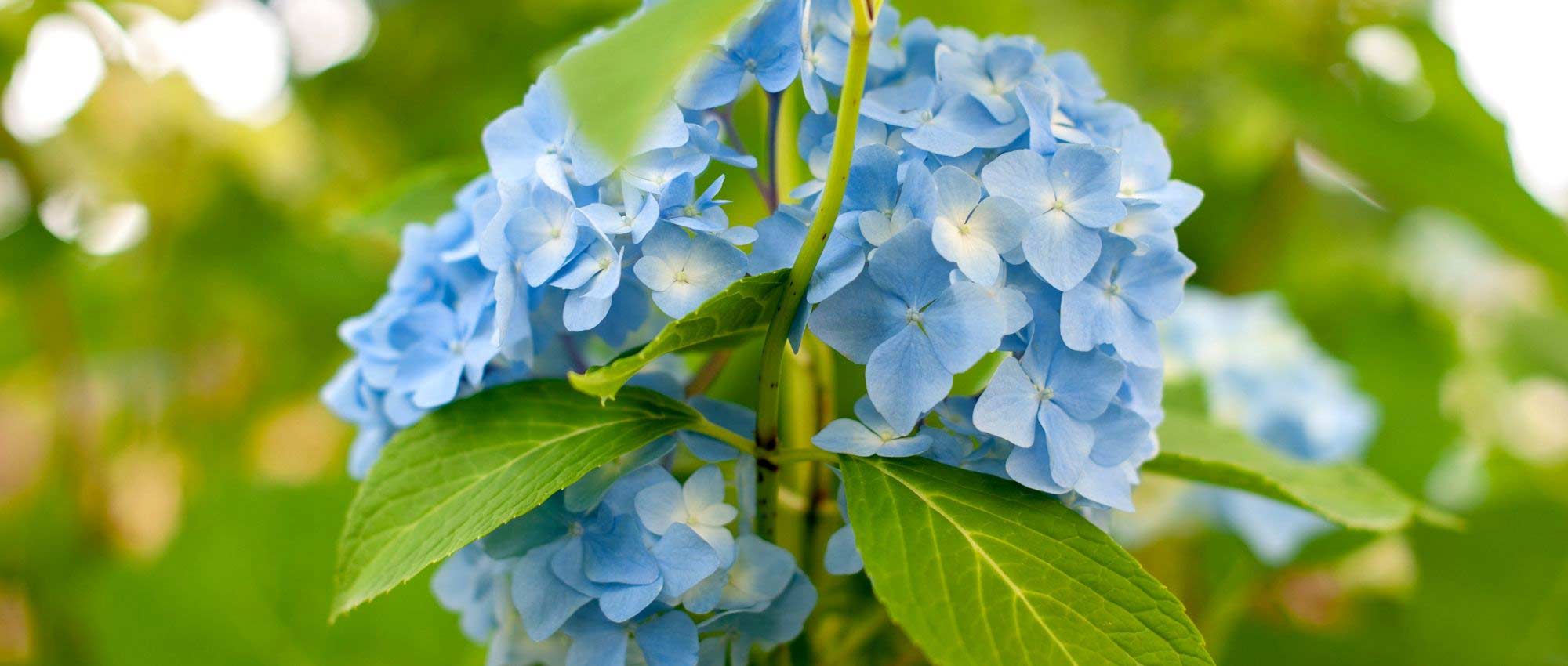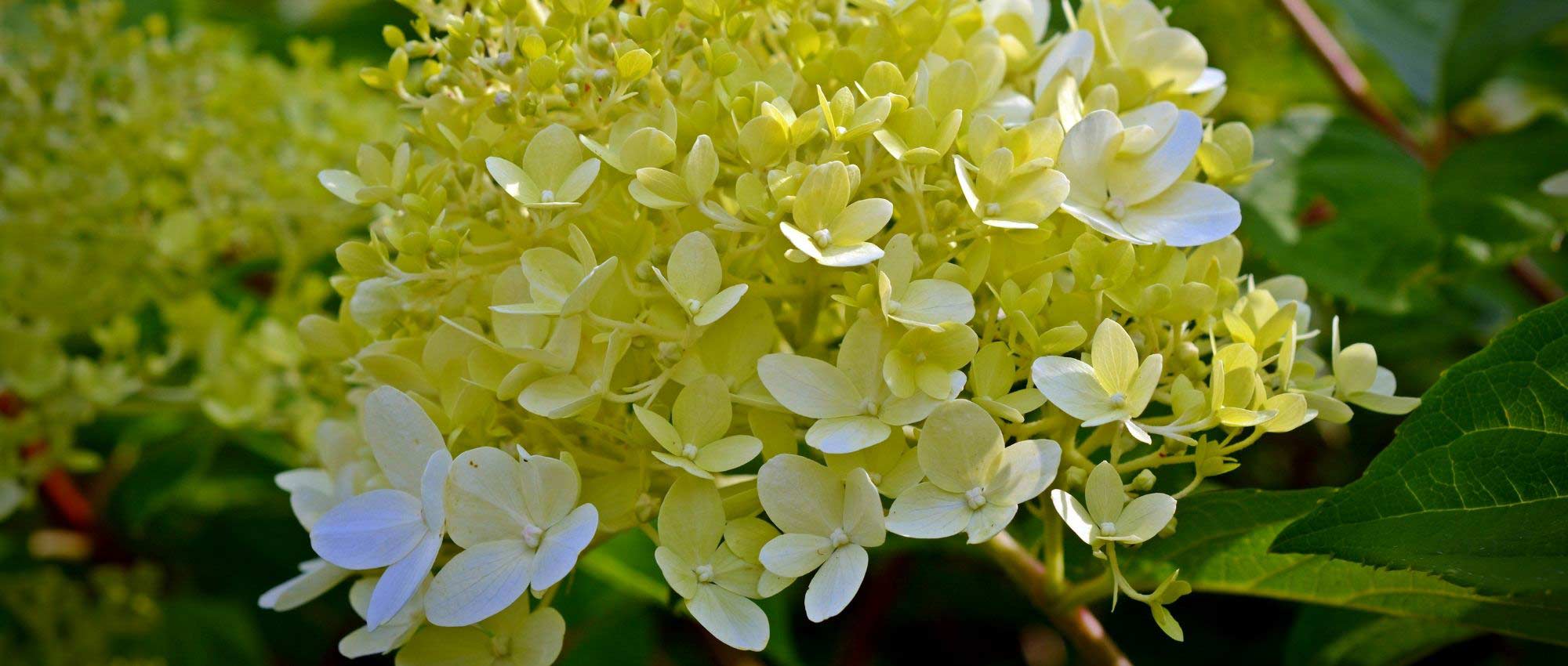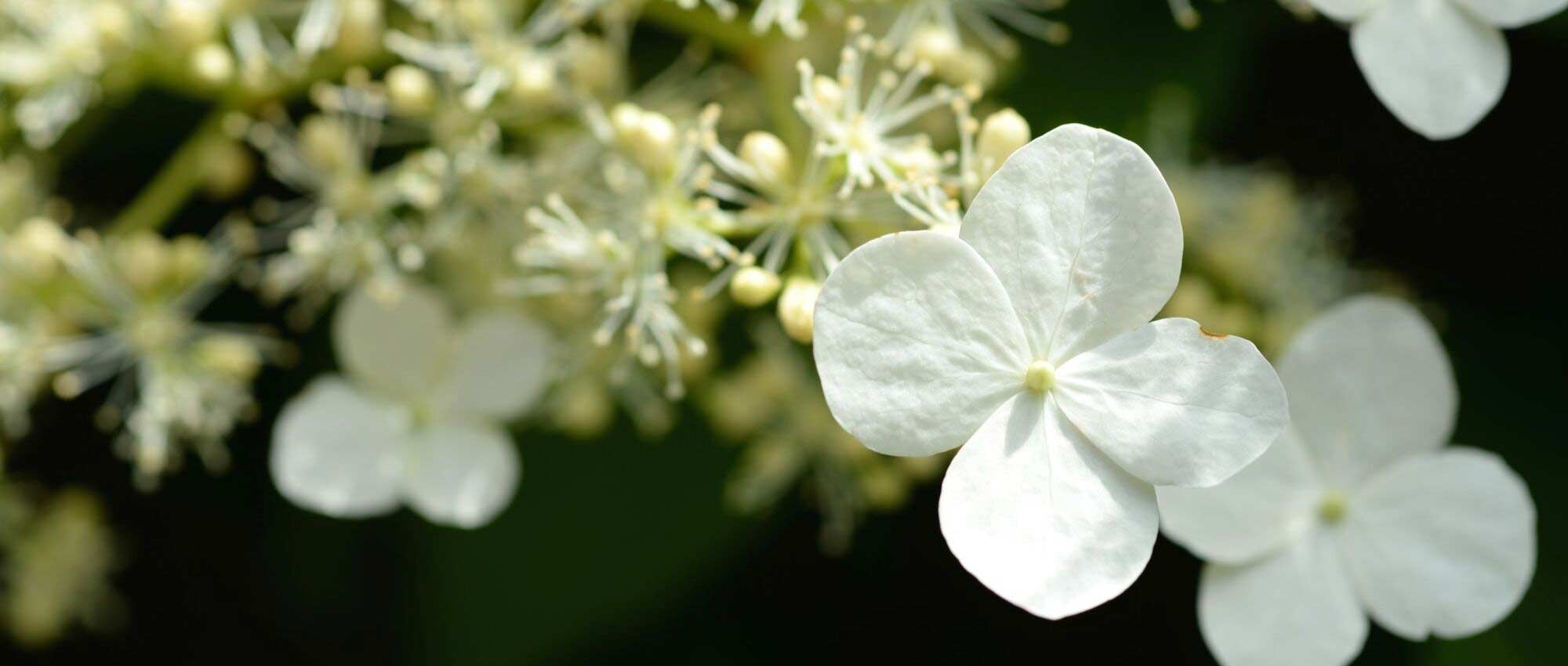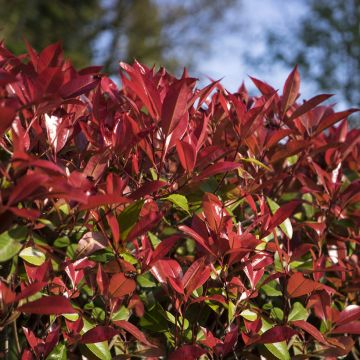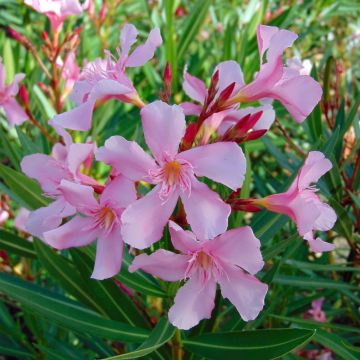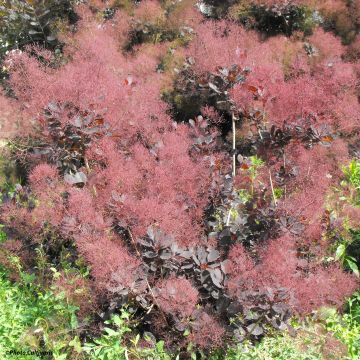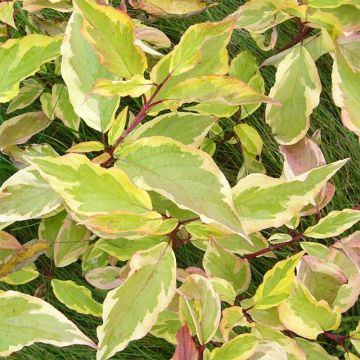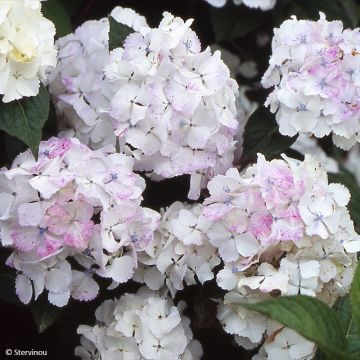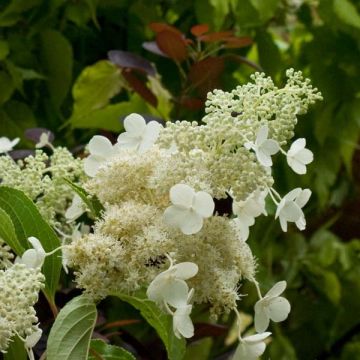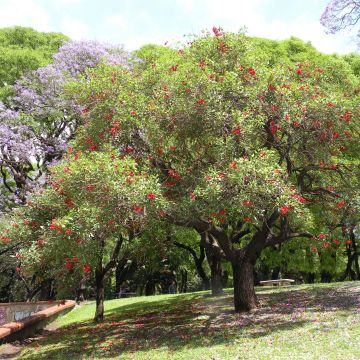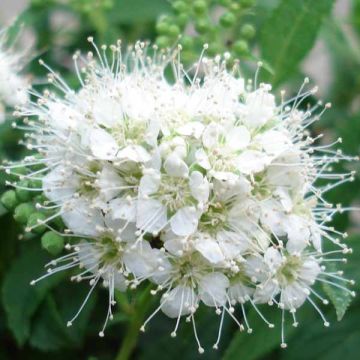

Hydrangea macrophylla Schneeball
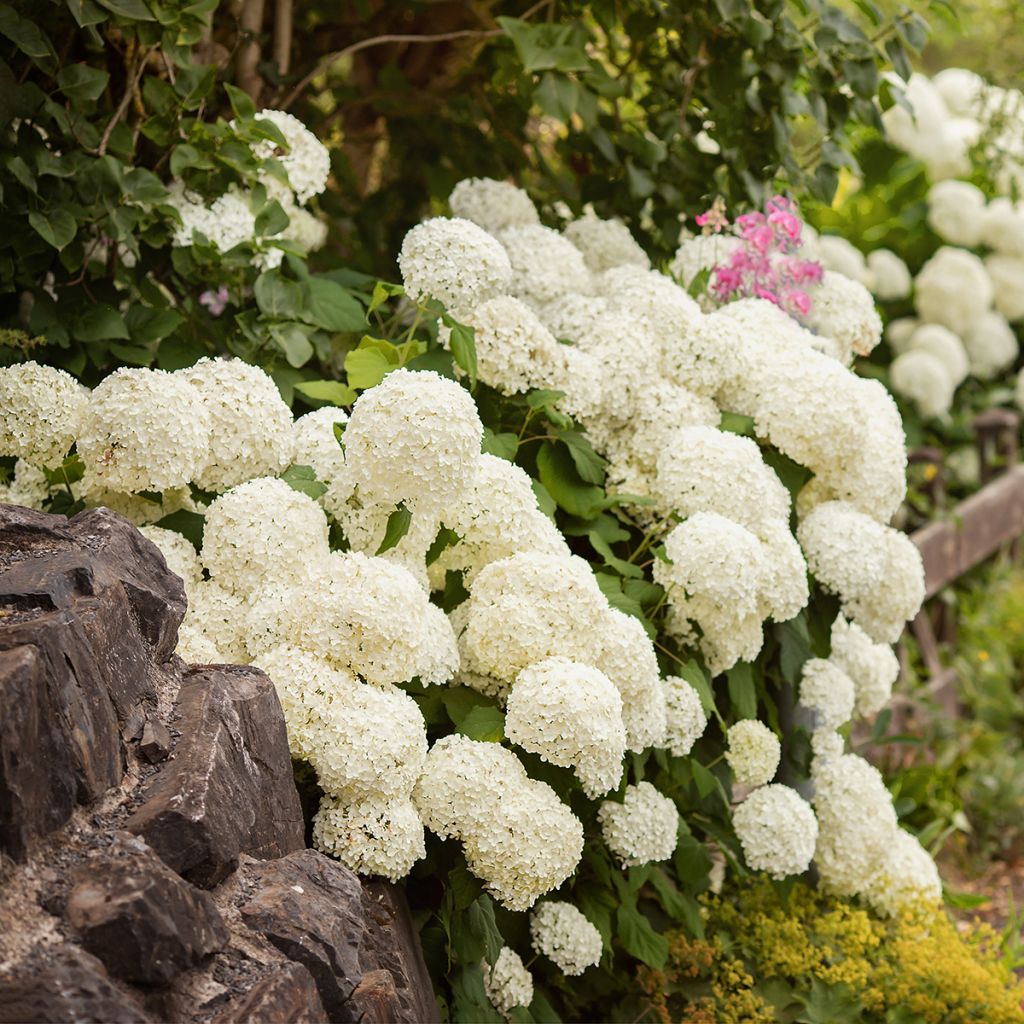

Hydrangea macrophylla Schneeball
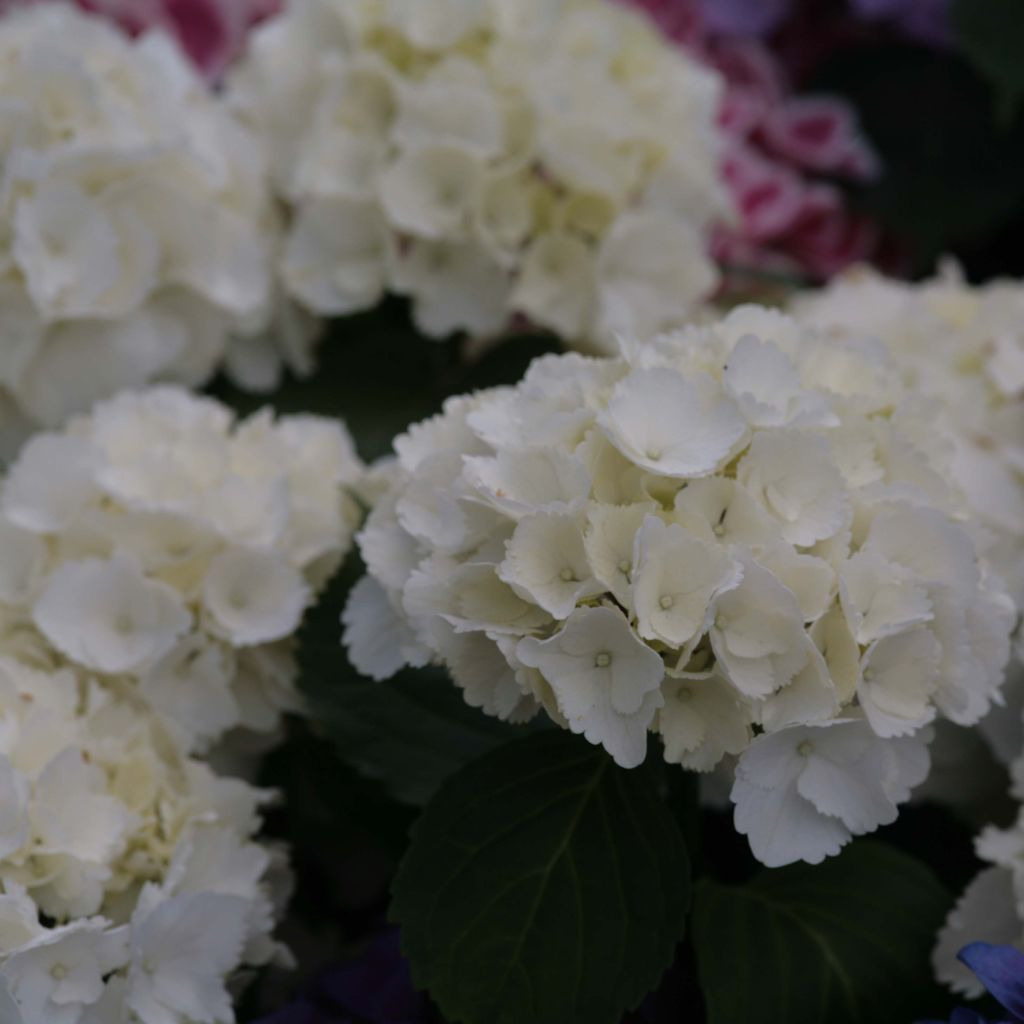

Hortensia - Hydrangea macrophylla Schneeball
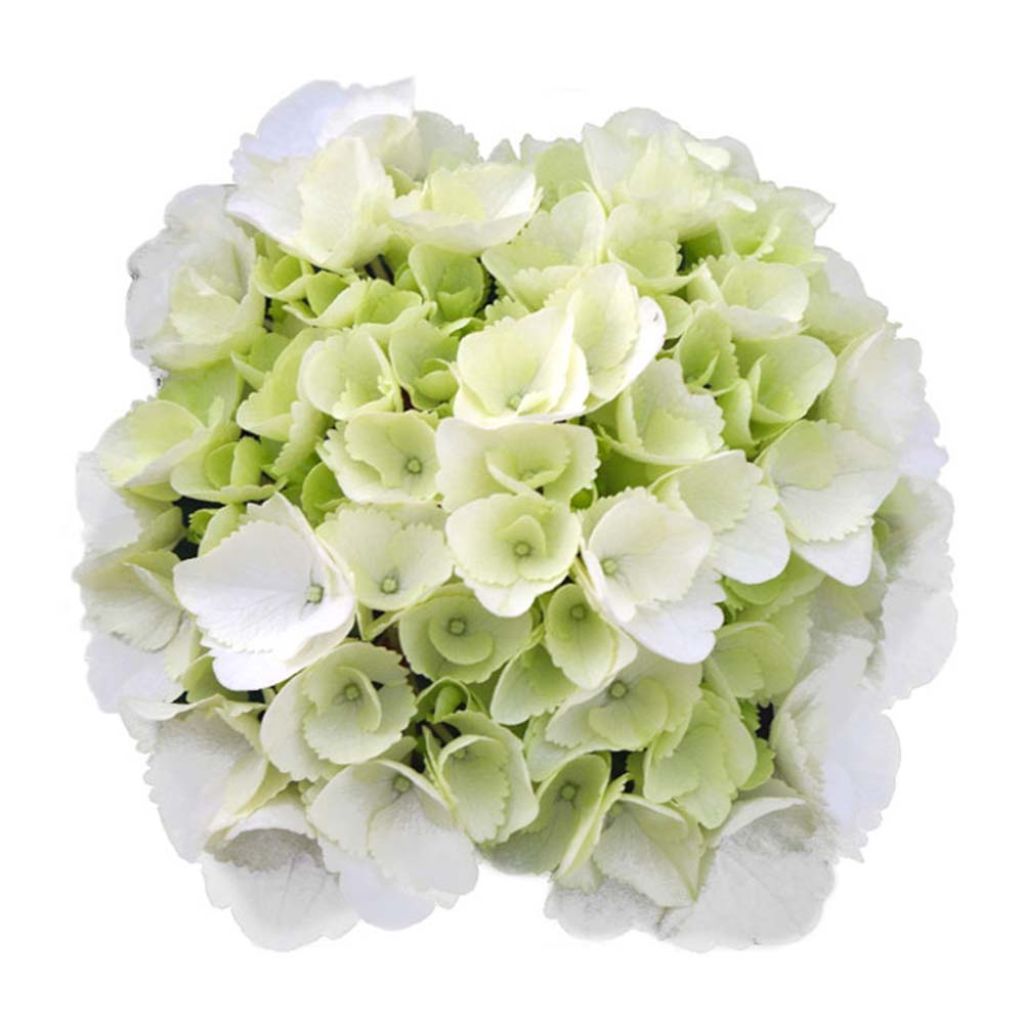

Hortensia - Hydrangea macrophylla Schneeball
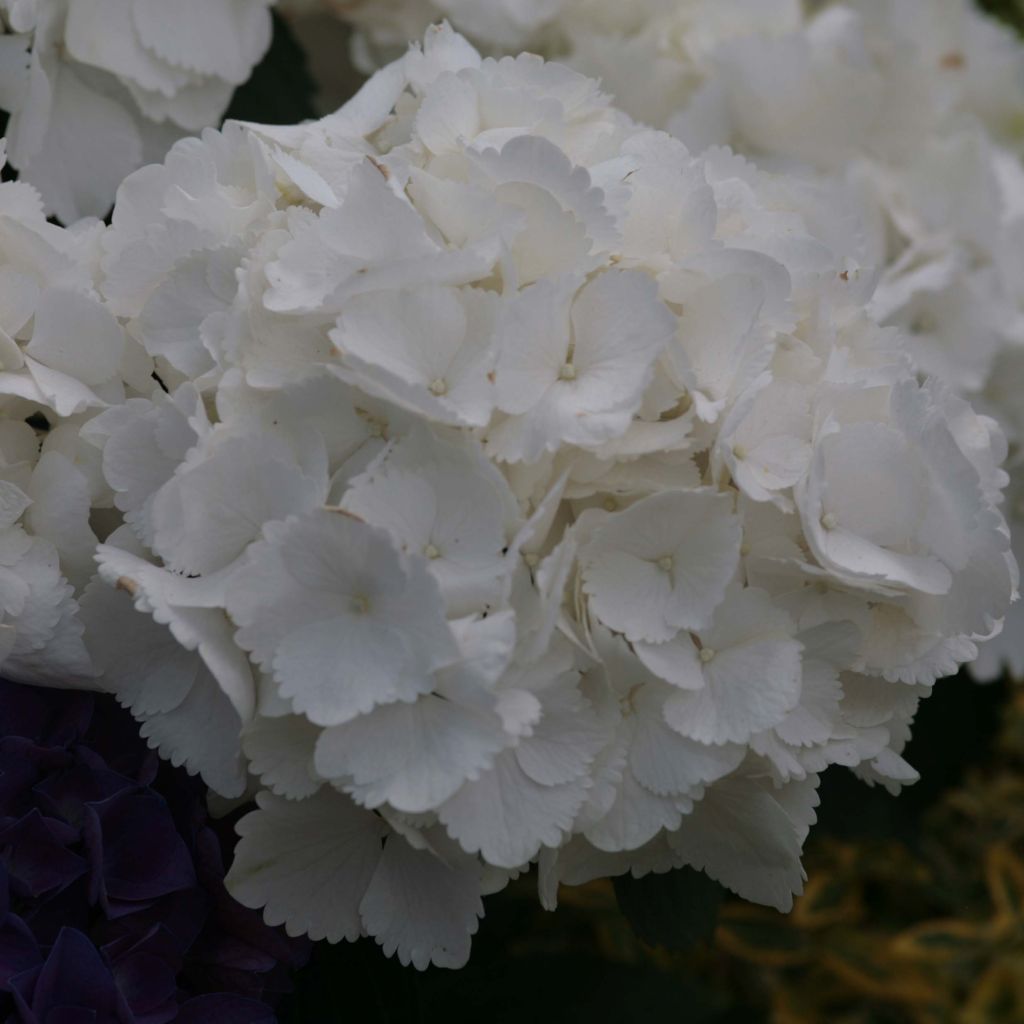

Hortensia - Hydrangea macrophylla Schneeball
Hydrangea macrophylla Schneeball
Hydrangea macrophylla Schneeball
Bigleaf Hydrangea, French Hydrangea
Planted in the shade, it has taken well and produced a few flowers. For a first year, it's good, I'm looking forward to the second...
Claire, 01/09/2024
Special offer!
Receive a €20 voucher for any order over €90 (excluding delivery costs, credit notes, and plastic-free options)!
1- Add your favorite plants to your cart.
2- Once you have reached €90, confirm your order (you can even choose the delivery date!).
3- As soon as your order is shipped, you will receive an email containing your voucher code, valid for 3 months (90 days).
Your voucher is unique and can only be used once, for any order with a minimum value of €20, excluding delivery costs.
Can be combined with other current offers, non-divisible and non-refundable.
Home or relay delivery (depending on size and destination)
Schedule delivery date,
and select date in basket
This plant carries a 24 months recovery warranty
More information
We guarantee the quality of our plants for a full growing cycle, and will replace at our expense any plant that fails to recover under normal climatic and planting conditions.

Would this plant suit my garden?
Set up your Plantfit profile →
Description
This hydrangea or Hydrangea macrophylla Schneeball, a German name that means 'snowball' in French, forms a vigorous growth and compact habit bush, covered from July to September with large pure white, dense flower heads, composed of florets with dentate petals. It stands out for its late but repeat flowering, quite exceptional in its abundance and the brilliance of its beautiful immaculate flowers that turn pink at the end of the season. It is ideal for all types of gardens and is used in flower beds, as a single plant, in a large pot, in a fertile, drained, somewhat acidic and fresh soil in semi-shaded or even shaded exposure.
The 'Schneeball' Hydrangea stands out for its vigour and long lasting flowering. This bush is barely taller than it is wide, reaching 1 m (3 ft 4 in) in height for 90 cm (35.4 in) in span. From July to September, these small fertile flowers form plump flower heads, tightly packed, of a sparkling white without a trace of colour. Its charming sterile florets are composed of very fringed tepals, giving the flower head a light appearance despite its very rounded shape and size that can reach 25 cm (9.8 in) in diameter. Autumn paints these flowers in different shades of pink and red. The flowering is accompanied by dark green, deciduous leaves. The leaves are opposite, they reach a minimum of ten centimetres in length. They are single, ovate to elliptical, ending in a sharp point, finely serrated like a saw. Hydrangeas can live at least 50 years.
The Schneeball Hydrangea is one of the most beautiful pure white varieties, as comfortable in the garden as in a large pot on the terrace. Hydrangeas are well known for brightening up the north side of houses. This one will be happy in a north or east exposure, in the morning sun, in flower beds as well as hedges. This variety is suitable for growing in open ground or in large containers, which can be placed on the terrace or near the entrance. Even if these plants are not fond of limestone, they are not strictly ericiaceous plants. Pair them with magellanica fuchsias, annual impatiens, or plant spring flowering bulbs in front of their round silhouette. Enjoy their sumptuous flowering in the garden or in the house for a long time.
Hydrangea macrophylla Schneeball in pictures
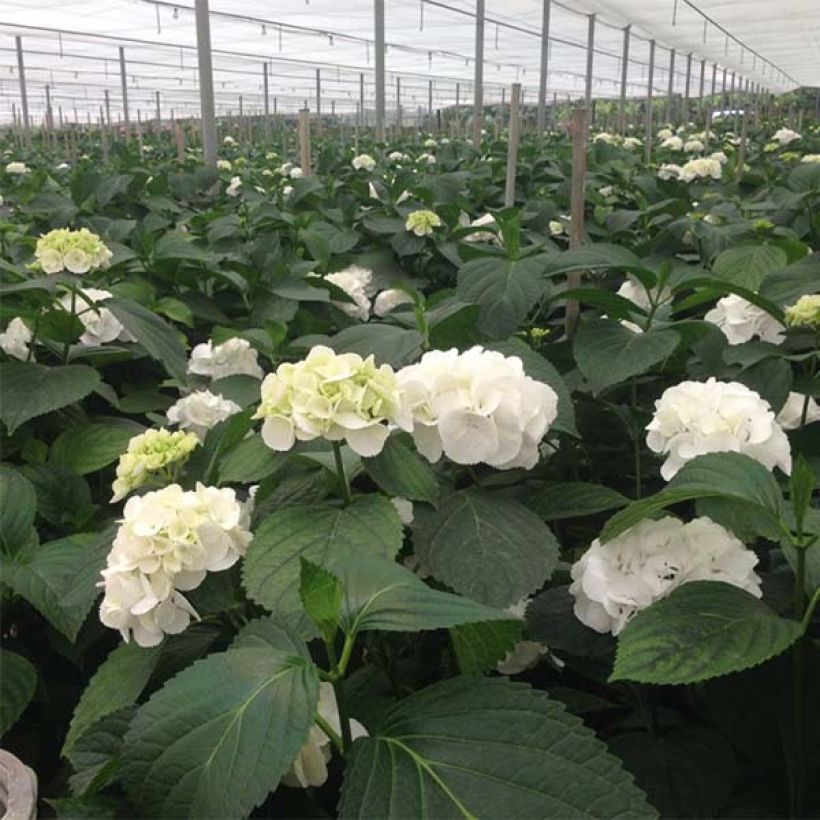

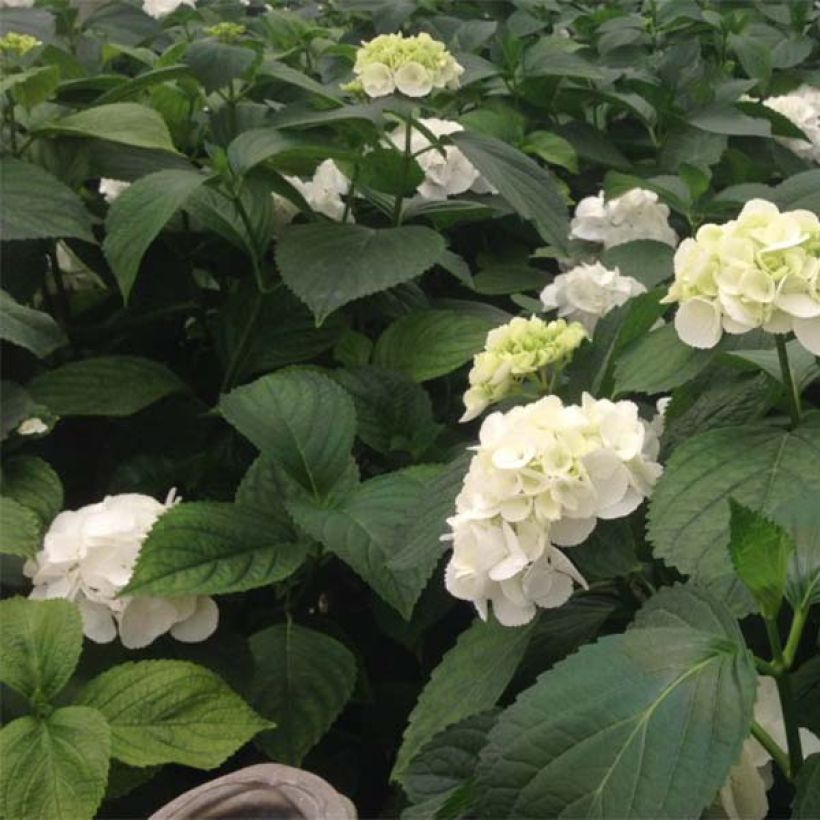



Plant habit
Flowering
Foliage
Botanical data
Hydrangea
macrophylla
Schneeball
Hydrangeaceae
Bigleaf Hydrangea, French Hydrangea
Cultivar or hybrid
Planting and care
Plant the Hydrangea macrophylla Schneeball in the spring or early autumn. Choose a slightly shaded spot, like against a wall facing east or north, to provide shelter from cold and drying winds. The plant doesn't require ericaceous soil but prefers deep, fresh, and well-drained soil that's fairly fertile. Before planting, add a good base fertiliser to the soil to enrich it. If the soil at the foot of the wall is dry, plant the root ball at least 30-40 cm (11.8-15.7 in) from the base of the wall. Incorporating a good amount of well-rotted compost will help retain freshness in the soil.
The Hydrangea macrophylla Schneeball is very hardy and can even be planted in cold areas. Remove the faded flowers on the first bud or pair of buds directly below to maintain the plant. Cut the oldest stems to a quarter or a third at the base for mature plants to encourage young shoots. This pruning should be done every year during March and April.
Planting period
Intended location
Care
Planting & care advice
-
, onOrder confirmed
Reply from on Promesse de fleurs
Similar products
Haven't found what you were looking for?
Hardiness is the lowest winter temperature a plant can endure without suffering serious damage or even dying. However, hardiness is affected by location (a sheltered area, such as a patio), protection (winter cover) and soil type (hardiness is improved by well-drained soil).

Photo Sharing Terms & Conditions
In order to encourage gardeners to interact and share their experiences, Promesse de fleurs offers various media enabling content to be uploaded onto its Site - in particular via the ‘Photo sharing’ module.
The User agrees to refrain from:
- Posting any content that is illegal, prejudicial, insulting, racist, inciteful to hatred, revisionist, contrary to public decency, that infringes on privacy or on the privacy rights of third parties, in particular the publicity rights of persons and goods, intellectual property rights, or the right to privacy.
- Submitting content on behalf of a third party;
- Impersonate the identity of a third party and/or publish any personal information about a third party;
In general, the User undertakes to refrain from any unethical behaviour.
All Content (in particular text, comments, files, images, photos, videos, creative works, etc.), which may be subject to property or intellectual property rights, image or other private rights, shall remain the property of the User, subject to the limited rights granted by the terms of the licence granted by Promesse de fleurs as stated below. Users are at liberty to publish or not to publish such Content on the Site, notably via the ‘Photo Sharing’ facility, and accept that this Content shall be made public and freely accessible, notably on the Internet.
Users further acknowledge, undertake to have ,and guarantee that they hold all necessary rights and permissions to publish such material on the Site, in particular with regard to the legislation in force pertaining to any privacy, property, intellectual property, image, or contractual rights, or rights of any other nature. By publishing such Content on the Site, Users acknowledge accepting full liability as publishers of the Content within the meaning of the law, and grant Promesse de fleurs, free of charge, an inclusive, worldwide licence for the said Content for the entire duration of its publication, including all reproduction, representation, up/downloading, displaying, performing, transmission, and storage rights.
Users also grant permission for their name to be linked to the Content and accept that this link may not always be made available.
By engaging in posting material, Users consent to their Content becoming automatically accessible on the Internet, in particular on other sites and/or blogs and/or web pages of the Promesse de fleurs site, including in particular social pages and the Promesse de fleurs catalogue.
Users may secure the removal of entrusted content free of charge by issuing a simple request via our contact form.
The flowering period indicated on our website applies to countries and regions located in USDA zone 8 (France, the United Kingdom, Ireland, the Netherlands, etc.)
It will vary according to where you live:
- In zones 9 to 10 (Italy, Spain, Greece, etc.), flowering will occur about 2 to 4 weeks earlier.
- In zones 6 to 7 (Germany, Poland, Slovenia, and lower mountainous regions), flowering will be delayed by 2 to 3 weeks.
- In zone 5 (Central Europe, Scandinavia), blooming will be delayed by 3 to 5 weeks.
In temperate climates, pruning of spring-flowering shrubs (forsythia, spireas, etc.) should be done just after flowering.
Pruning of summer-flowering shrubs (Indian Lilac, Perovskia, etc.) can be done in winter or spring.
In cold regions as well as with frost-sensitive plants, avoid pruning too early when severe frosts may still occur.
The planting period indicated on our website applies to countries and regions located in USDA zone 8 (France, United Kingdom, Ireland, Netherlands).
It will vary according to where you live:
- In Mediterranean zones (Marseille, Madrid, Milan, etc.), autumn and winter are the best planting periods.
- In continental zones (Strasbourg, Munich, Vienna, etc.), delay planting by 2 to 3 weeks in spring and bring it forward by 2 to 4 weeks in autumn.
- In mountainous regions (the Alps, Pyrenees, Carpathians, etc.), it is best to plant in late spring (May-June) or late summer (August-September).
The harvesting period indicated on our website applies to countries and regions in USDA zone 8 (France, England, Ireland, the Netherlands).
In colder areas (Scandinavia, Poland, Austria...) fruit and vegetable harvests are likely to be delayed by 3-4 weeks.
In warmer areas (Italy, Spain, Greece, etc.), harvesting will probably take place earlier, depending on weather conditions.
The sowing periods indicated on our website apply to countries and regions within USDA Zone 8 (France, UK, Ireland, Netherlands).
In colder areas (Scandinavia, Poland, Austria...), delay any outdoor sowing by 3-4 weeks, or sow under glass.
In warmer climes (Italy, Spain, Greece, etc.), bring outdoor sowing forward by a few weeks.






























